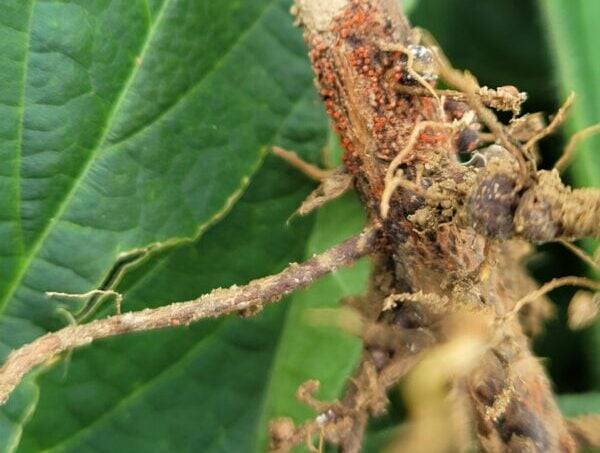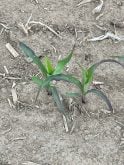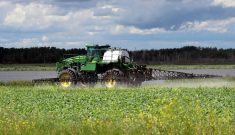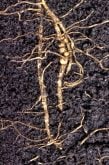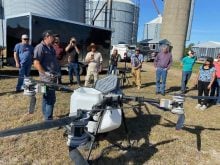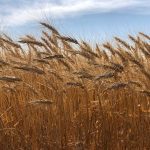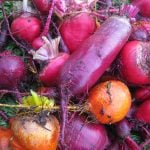A relatively new soybean disease is gaining traction in the United States, mostly in Indiana, with confirmed cases also in Illinois and Missouri.
Red crown rot, characterized by red colouration at the base of the plant, is caused by the fungus Calonectria ilicicola.
Why it matters: Microsclerotia can persist from season to season and move from field to field via transfer of infected soil.
Read Also

Conservation Authorities to be amalgamated
Ontario’s plan to amalgamate Conservation Authorities into large regional jurisdictions raises concerns that political influences will replace science-based decision-making, impacting flood management and community support.
“This disease overwinters in the soil as something called a microsclerotia,” said Matt Montgomery, an agronomist with Pioneer in Illinois, in an informational video.
“A tiny knot of fungal hair that seems to, from the evidence we’re able to get from other people, allow this disease to survive maybe a few to several years minus a host.”
The microsclerotia send tiny fungal hairs that penetrate and bore into the root cortex, devouring cells and fueling development of the disease. Eventually, the fungal hair produces mushroom-like structures with asexual spores.
“We know that spores are produced, but we don’t have the definitive research to tell us whether those spores move this from field to field to field,” said Montgomery.
Darcy Telenko, a plant pathologist at Purdue University, said red crown rot of soybeans can appear in patches in a field, much like other soil-borne diseases such as sudden soybean death syndrome and brown stem rot. Early foliar symptoms mimic these diseases, including chlorosis (yellowing) and necrosis of leaf tissue.
Montgomery said that once established and productive, the disease can slash yields.
Though there are many questions associated with the disease, he said agronomists are beginning to understand the life cycle and are researching varietal options and treatments to combat it.

